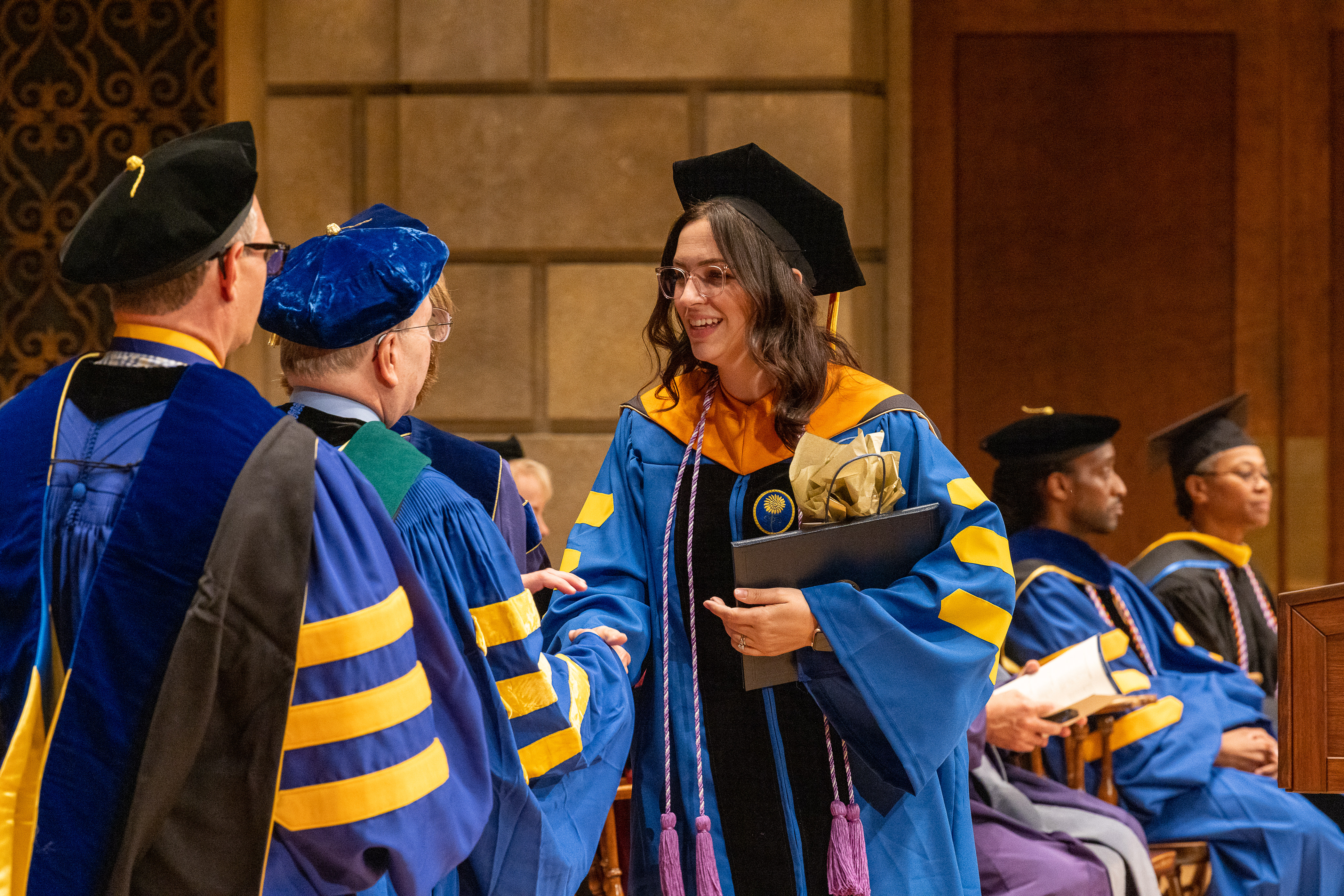Health Care information and HIT
Health Care information and HIT
(Health Care information and HIT) Dear Students, Health information is data related to medical history. Health information records include history, lab results, diagnostic information, and notes. It creates data sets that are used for individuals and populations.
Questions:
When thinking about Health Care information and HIT, autonomy is often an ethical issue. What concerns would patients have about their privacy with electronic health records? How is beneficence and non-maleficence violated with ransomware?
Rubrics: APA style 7th edition format. Submit it as word document attachments. Presentation and references pages are required. turnitin proof.

Health Information Technology and Ethical Concerns: Privacy, Beneficence, and Non-Maleficence
Health information technology (HIT) has revolutionized the way healthcare data is managed, offering improved efficiency and accessibility. However, it has also introduced significant ethical concerns, particularly regarding patient autonomy and privacy with electronic health records (EHRs). Additionally, the principles of beneficence and non-maleficence are challenged by cybersecurity threats such as ransomware. This discussion explores these ethical issues and their implications for healthcare.
Patient Concerns about Privacy with EHRs
Patients may have several concerns about the privacy of their health information when it is stored electronically. First, there is the risk of unauthorized access. Despite stringent security measures, data breaches can occur, potentially exposing sensitive information. Patients worry that their personal health information (PHI) could be accessed by unauthorized individuals, including hackers, employers, or even other healthcare providers without consent. This fear is exacerbated by high-profile data breaches in various sectors, including healthcare.
Second, there is the issue of data misuse. Patients are concerned that their health data could be used for purposes other than their care, such as for marketing or research without their informed consent. This misuse can undermine trust in the healthcare system and deter patients from sharing necessary information with their providers.
Lastly, the permanence of electronic records is a concern. Once information is digitized, it is challenging to remove it entirely. Patients may worry about the long-term implications of their health data being stored indefinitely and potentially being used in ways that they have not authorized or anticipated. (Health Care information and HIT)
Beneficence and Non-Maleficence Violated with Ransomware
Ransomware attacks pose a severe threat to the principles of beneficence (doing good) and non-maleficence (avoiding harm) in healthcare. Ransomware is a type of malicious software that encrypts a victim’s data, demanding payment for the decryption key. When a healthcare facility is targeted, the consequences can be dire.
Violation of Beneficence: Ransomware attacks disrupt healthcare services, delaying patient care. For instance, if a hospital’s EHR system is compromised, healthcare providers may be unable to access critical patient information needed for treatment. This disruption can lead to delayed diagnoses and treatment, directly contradicting the principle of beneficence. Patients may suffer from worsened health outcomes due to these delays, which the healthcare system aims to prevent.
Violation of Non-Maleficence: Ransomware attacks can also result in the unintentional harm of patients, thus violating the principle of non-maleficence. If healthcare providers cannot access EHRs, they may be forced to rely on incomplete or outdated information. This can lead to medical errors, such as incorrect medication dosages or missed allergies, which can cause significant harm to patients. Additionally, during the attack, patient data may be exposed or lost, further risking patient safety and privacy. (Health Care information and HIT)
Conclusion
Health information technology offers numerous benefits, but it also raises significant ethical concerns regarding patient privacy and the principles of beneficence and non-maleficence. Patients worry about unauthorized access, data misuse, and the permanence of their electronic health records. Ransomware attacks exacerbate these concerns by disrupting healthcare services and causing harm through delays and errors. Addressing these ethical issues requires robust cybersecurity measures, transparent data use policies, and continuous efforts to balance technological advancements with the ethical imperatives of patient care. (Health Care information and HIT)
References
American Medical Association. (2020). Ethical challenges in electronic health records. Retrieved from https://www.ama-assn.org/delivering-care/ethics/ethical-challenges-electronic-health-records
National Institute of Standards and Technology. (2021). Health IT and EHR. Retrieved from https://www.nist.gov/healthcare/health-it-and-ehr
Office for Civil Rights (OCR). (2021). Breach Portal: Notice to the Secretary of HHS Breach of Unsecured Protected Health Information. Retrieved from https://ocrportal.hhs.gov/ocr/breach/breach_report.jsf


:max_bytes(150000):strip_icc()/alternative-therapies-types-and-uses-5207962_final-406a673fa76e41d9add8ce4771222dd0.png)









